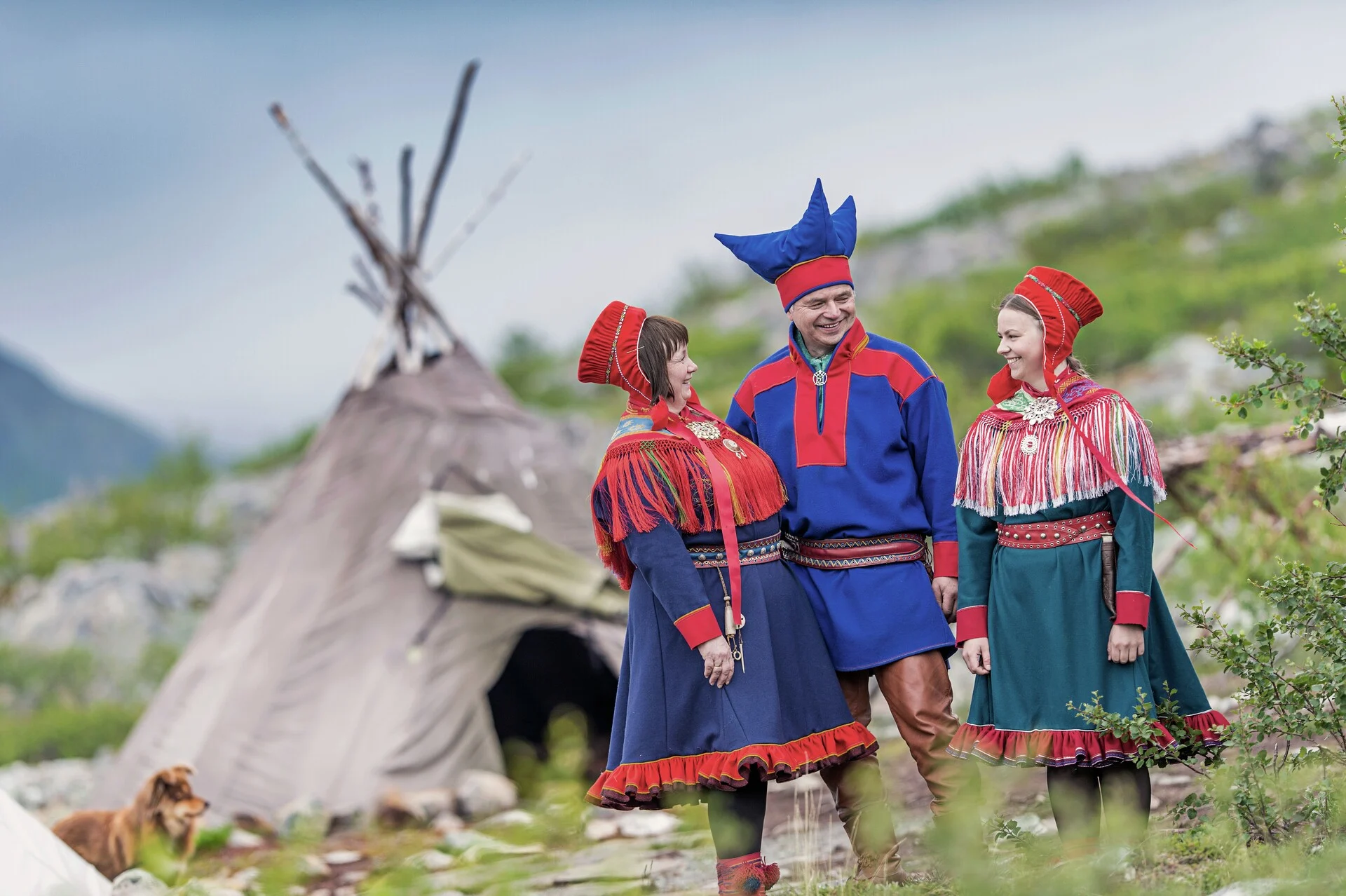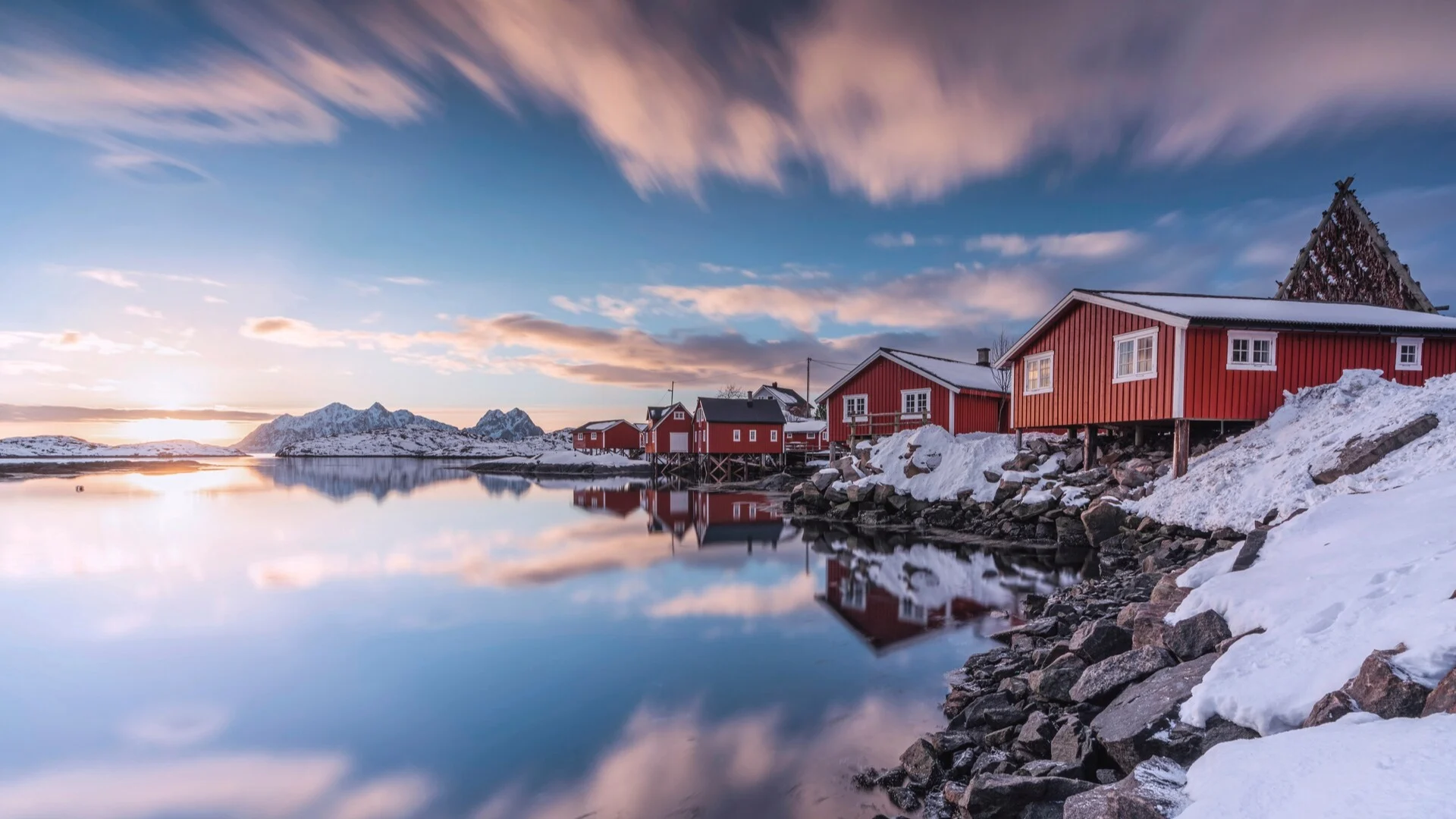
Cultures of Norway: The Sami people
The Sami people are indigenous to northern Norway, as well as to Sweden, Finland and the far north of Russia.
The Sami people are indigenous to northern Norway, as well as to Sweden, Finland and the far north of Russia. On your Norway cruise, particularly at shore stops in the north of the country, you're likely to experience some Sami culture. In particular, just over half of Norwegian Sami live in Finnmark.
There are three Sami dialects in use in Norway, and the Sami language is an official dialect of five places in Finnmark County and one municipality in Troms County. The language and its unique dialects are starting to recede in coastal areas as more people use Norwegian as their primary language instead. However, you may still hear the Sami language in northern Norwegian areas.
Who are the Sami people?
The Sami have always lived in northern Norway and other northern reaches of Sweden, Finland, and Russia. Therefore, much of their history regards interactions between their established culture and people who began to settle their land. In the 15th and 16th centuries, Norwegian farmers roamed north and began to colonize Sami lands - a practice the Norwegian government would later encourage.
At the time, the Sami were reindeer hunters. They instead became herders of reindeer, which put them in the position of being nomadic across northern Norway. This culture was problematized by the invention of national borders, which Sami herders had previously ranged across without issue. Borders and their consequences also forced different Sami cultures to coexist in ways they would not otherwise have done.
You will see conditions in Finnmark that mirror how Sami have lived for centuries. Many still herd reindeer, for example, and no trip to northern Norway is really complete until you have encountered Sami merchants on the roadside peddling traditional wares.
Where can I experience Sami culture?
You are likely to meet Sami people and see Sami culture throughout northern Norway, but if you'd like to make a special trip, you have a few options. Karasjok is the Sami capital, and also houses the Sapmi Culture Park, where you can visit typical dwellings, meet Sami people and even interact with some reindeer. During the autumn and winter, there are around 60,000 reindeer in the city. The other major Sami city in Norway is Kautokeino.
The Sami have had a very long and often tumultuous history in Norway, and being able to visit and see that they now have their own parliament, flag, independence day and more is a great opportunity for any traveler.
Discover Norway with Hurtigruten
Discover stunning natural scenery and dazzling fjords along the Hurtigruten Norwegian coastal voyage. See our Norwegian voyages to set sail on a journey you’ll never forget.
